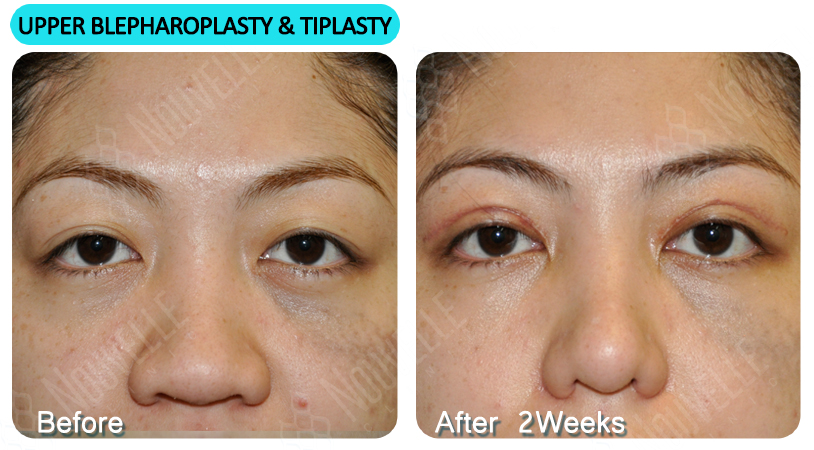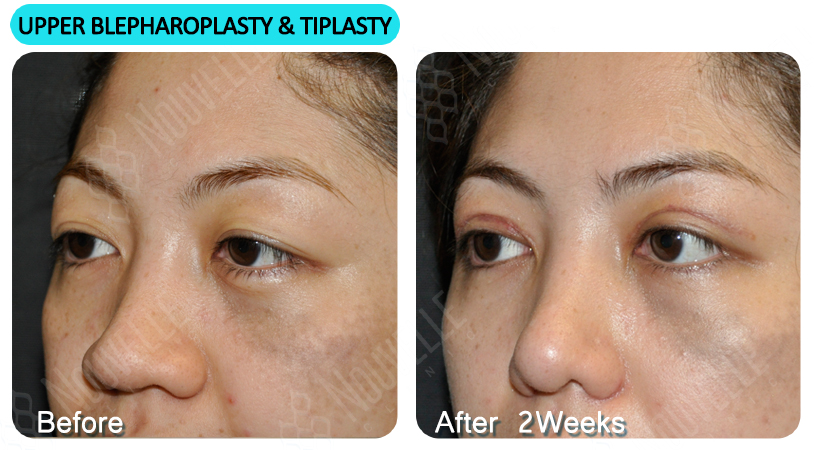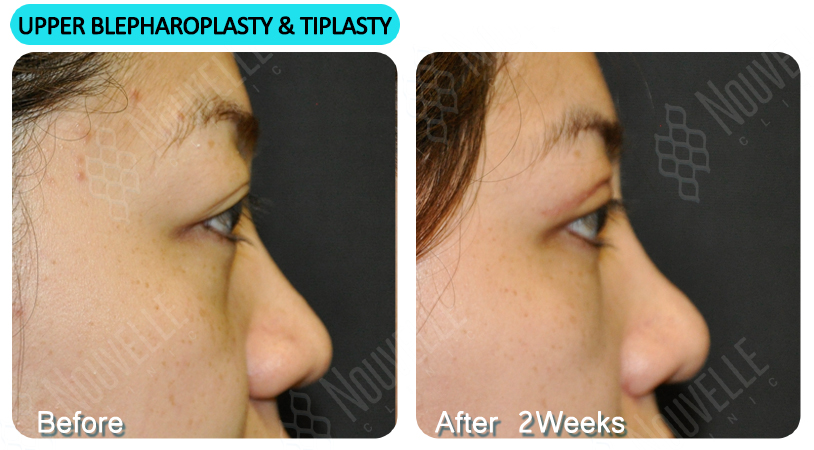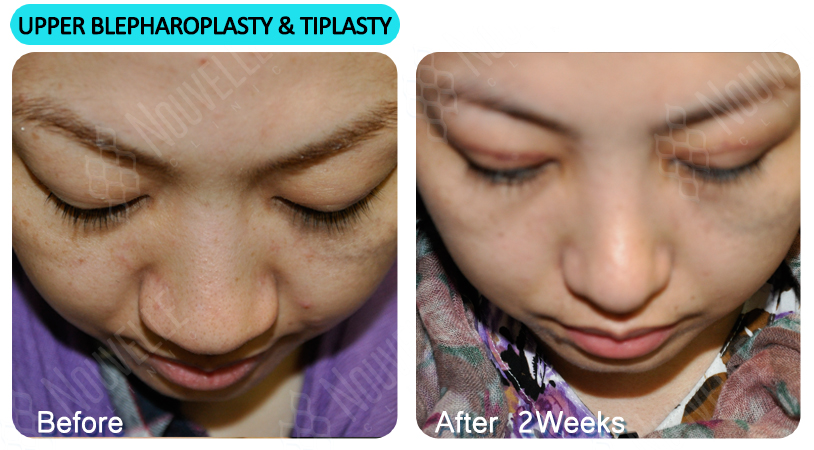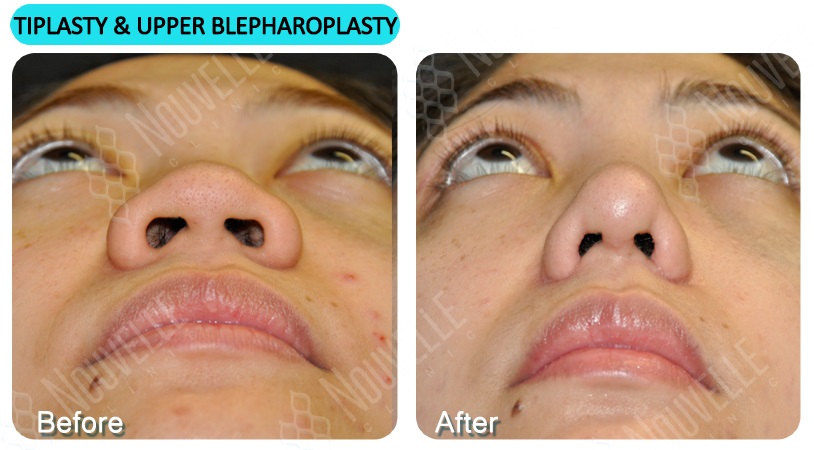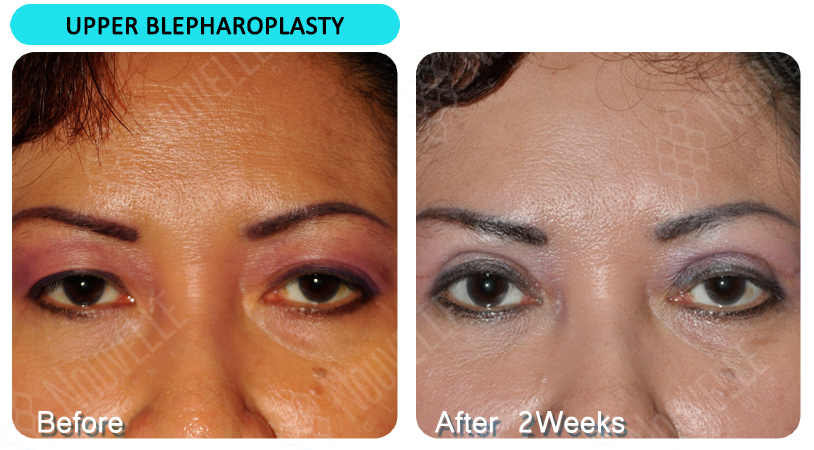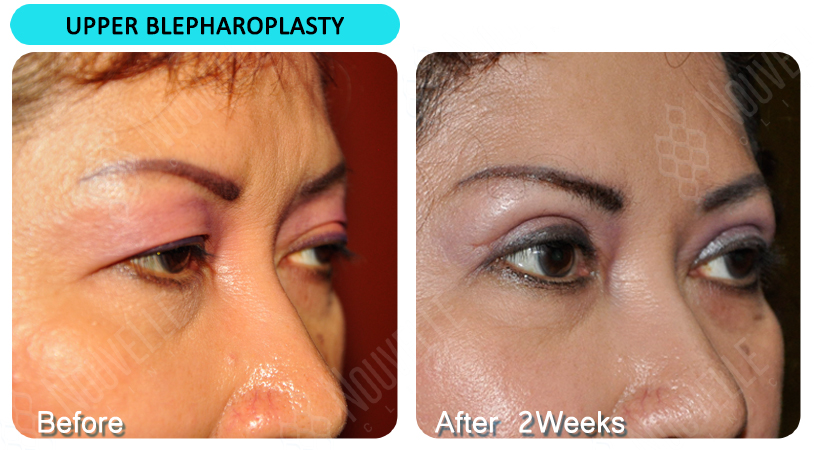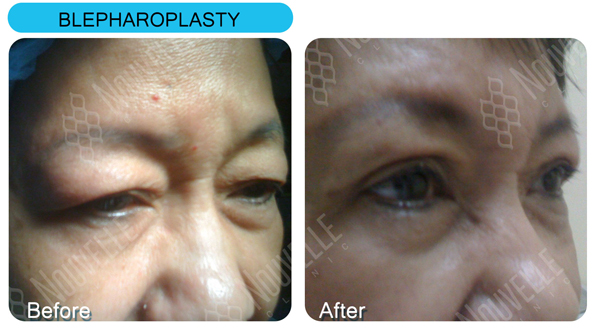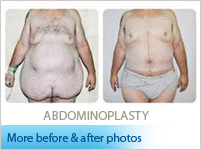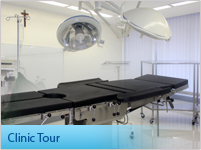What is upper blepharoplasty?
There are now many ways to alter the physical appearance of a person
so that they would feel more confident. Through the advancement of technology,
a person can even alter how he/she looks. One of the most requested
procedure is the Upper blepharoplasty or a type of eye surgery that
helps people have a double fold on their upper eye lid. In the cosmetic
surgery industry, it is also known as Asian blepharoplasty because the
most common customers for this procedure are Asians. Having smaller
eyes, the folds of their eyelids are not visible. A lot of people prefer
to have double upper eye lid because it enables people to look younger.
Aside from cosmetic purposes, there are also some people who are required
to have an upper blepharoplasty because they are visually impaired.
There are also some people whose skin creases, especially on the upper
eye lids, tend to loosen out and sag because of aging, this will obscure
the peripheral vision of a person.
How the procedure is done?
Surgery is the main method in performing upper blepharoplasty. The redundant
skin on the upper eye lid, as well as the underlying muscle and excess
fat are removed. The surgery usually takes 60 to 90 minutes and before
starting the procedure, the patient would first be sedated. The doctor
would then make an incision on the crease of the upper eye lid and remove
the excess fat, tissue, skin, and muscle. The wound is then sutured
and once the eyes open, there will now be a crease of double eyelid
fold. After 5 days, the stitches are removed.
What to expect after upper blepharoplasty?
Upper blepharoplasty is usually done on outpatient basis and patients
do not need to stay on the clinic after the surgery, unless it is needed.
There would also be no paddings and bandages. However, ice masks must
be applied to the eyes to reduce the pain. For around two weeks after
the surgery, there would be some swelling and bruising on the eye area.
Even on times that the surgery was done on the upper eye lids, the swelling
and bruising might appear on the lower lids and sometimes on the cheeks.
Patients must not panic since this is normal because of gravity.
Upper Blepharoplasty (Double Eyelid)


